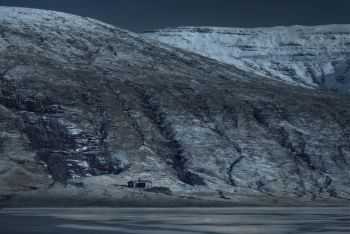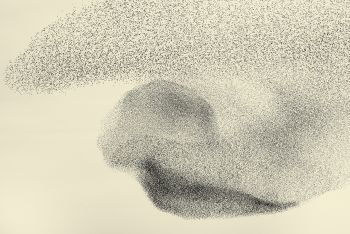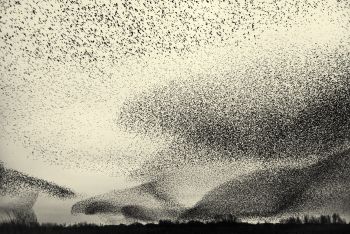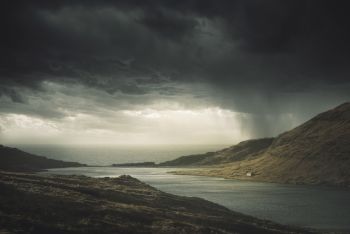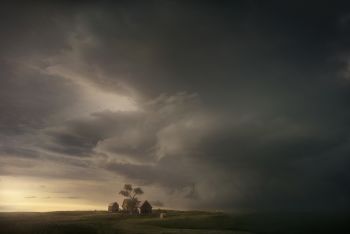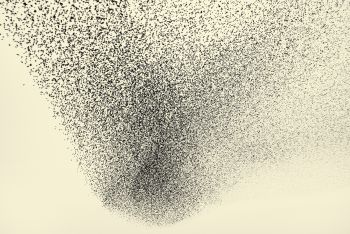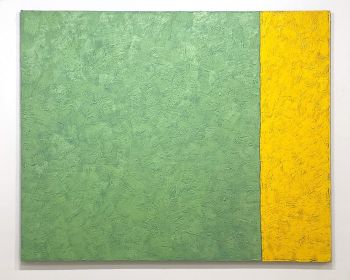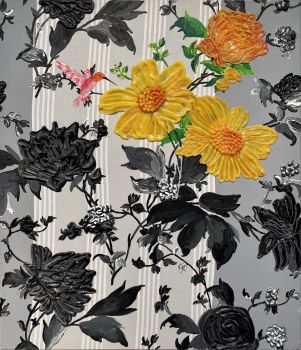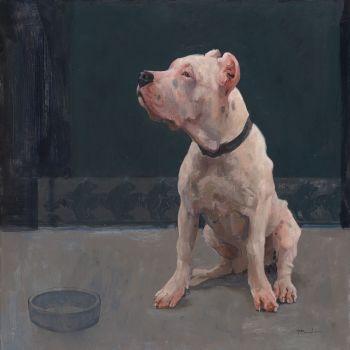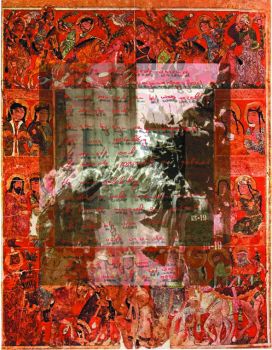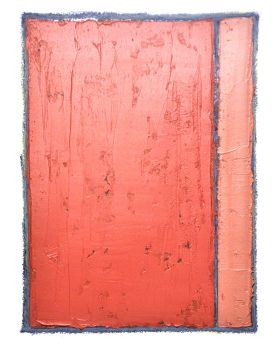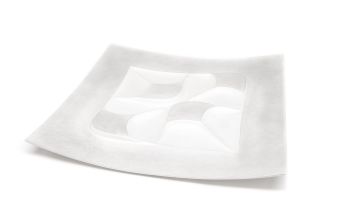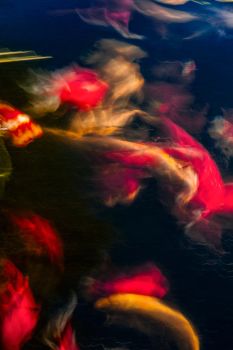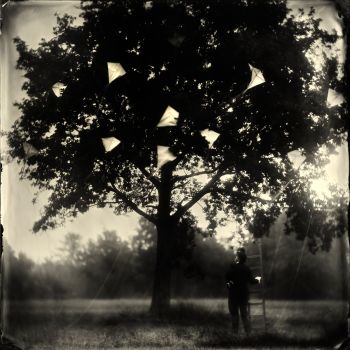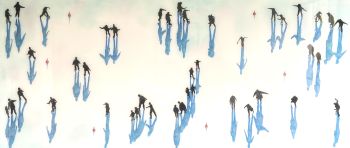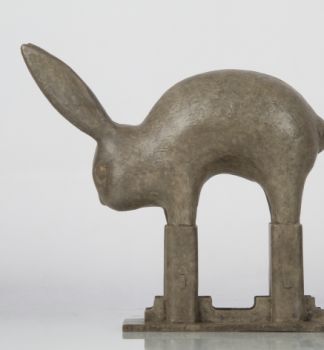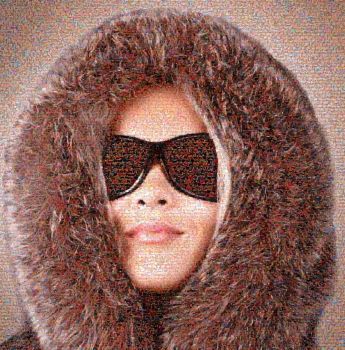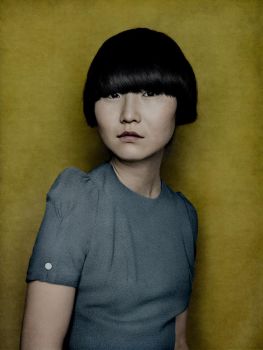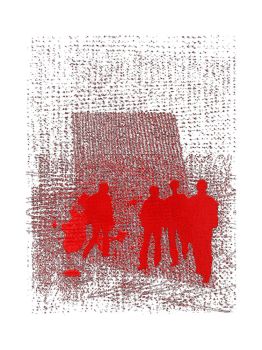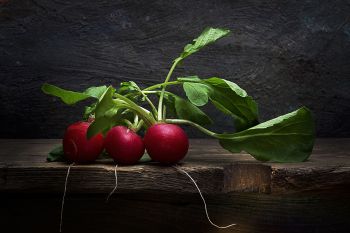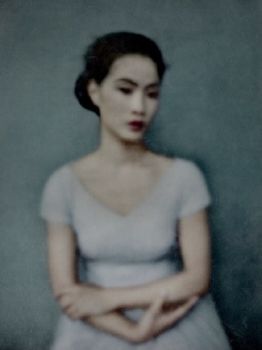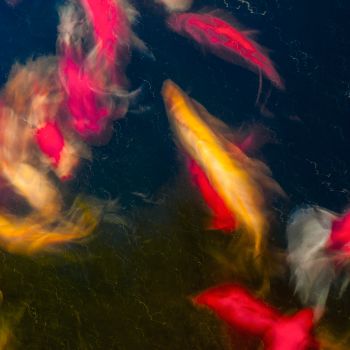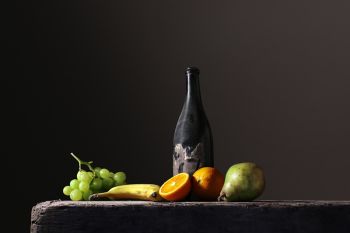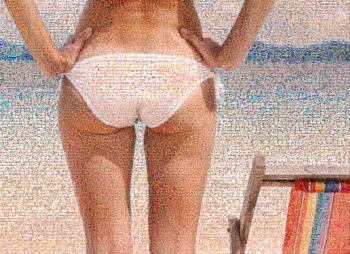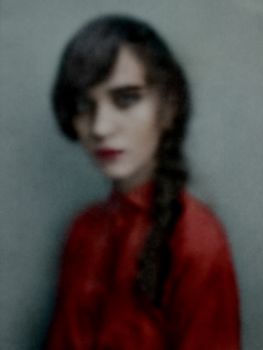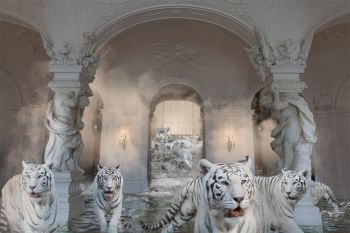About the artist
Erik Hijweege (1963) decided to follow his heart and become a photographer in 1998.
In his personal work Hijweege has shown himself to be an explorer, navigating through nature, always with a camera at hand. Switching from 19th century cameras and wet plate collodion technique to high-end digital cameras, in order to meet his artistic needs. He is fascinated by nature, with its romantic beauty and it’s at times overwhelming power. He is duly worried by the multiple threats for our natural surroundings.
For his first long term personal project Hijweege went to Africa with a mobile studio in order to photograph the African San, Herero's and Albino's. His expeditions through the Kalahari Desert and Senegal resulted in his first monograph Noir. This series was not only awarded numerously but also led to his first museum exhibition. Noir also initiated a long-term project providing suntan oil for the Senegalese Albino's carried out by the African Albino society. The second large expedition took Hijweege into the interior of Papua New Guinea. Documenting initiation rituals and a still remaining ancient way of life.
Hijweege started chasing big weather and tornadoes in 2006. This resulted in his first international solo show in New York and the Supercell book. His passion for Sublime Nature also took him to the largest waterfalls on Earth. These images were translated in poetic photogravures. The Remote project showing small houses in grand nature is his latest addition within the Sublime theme.
In 2013 Hijweege started using the 19th century wet plate collodion process for his personal work. The first project with glass positives focused on a fragile subject matter. Based on the IUCN Red List Hijweege photographed endangered species preserved in ice. This series was exhibited at the Dutch Natural History Museum raising awareness for this important matter. The Endangered book was published in 2014.
As a follow up to the Endangered project Hijweege started New Habitat in 2017. As threatened animals are vulnerable in their natural environment, this new series is about relocating endangered species to safer grounds. New Habitat was also exhibited at the Dutch Natural History Museum.
Following his 19th century inspired longing for remote places and distant shores he travels the world working on his long-term Uncharted project. Capturing landscapes on tintype with copper lenses, he shows the world as seen through the eyes of early explorers.

